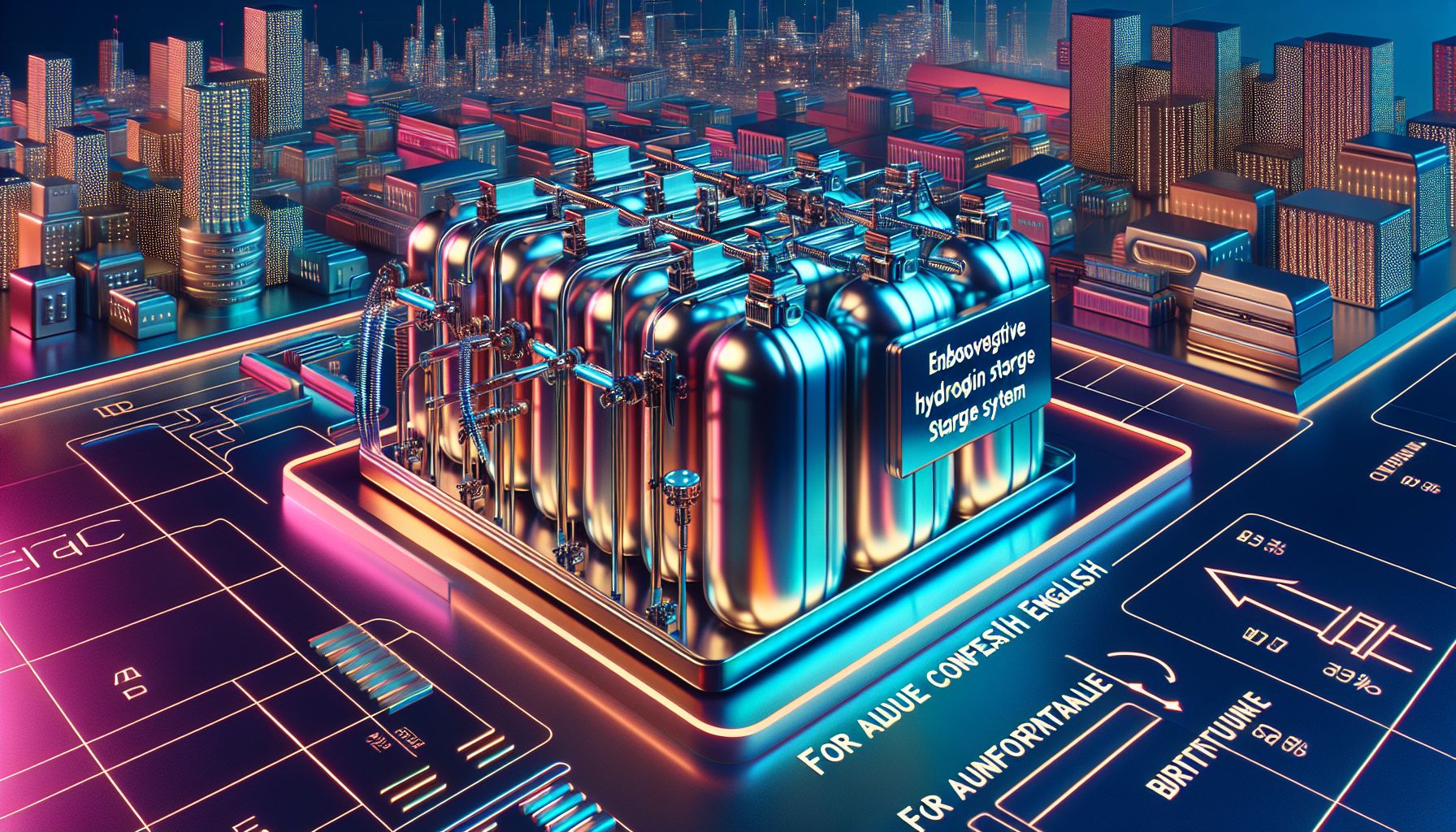Innovative Hydrogen Storage System Paves Way for Greener Skies

Tallahassee, Wednesday, 28 May 2025.
Researchers at FAMU-FSU are revolutionising aviation with a novel liquid hydrogen storage system, enabling zero-emissions flights. This system efficiently stores hydrogen at -253°C, boosting aircraft range by 30%.
A Leap Forward in Aviation
Researchers at the FAMU-FSU College of Engineering have truly outdone themselves with a revolutionary liquid hydrogen storage and delivery system. This cutting-edge technology holds the potential to usher in an era of zero-emission flights by meeting the power demands of a new 100-passenger hybrid-electric aircraft. The system achieves a gravimetric index—a fancy term for the ratio of usable hydrogen to the system’s full mass—of 0.62, meaning a whopping 62% of the weight is pure usable hydrogen fuel. Compare this with traditional designs, and it’s clear we’ve got quite the marvel on our hands [1][2].
How It Works
Picture this: Liquid hydrogen, chilling at an icy -253°C, is both the superstar fuel and the trusty sidekick cooler in this setup. It’s like Batman and Robin all rolled into one. The researchers cleverly avoid clunky mechanical pumps by using tank pressure to control hydrogen flow, making the aircraft both lighter and less complicated [1][3]. Let’s be frank—less weight means more range, potentially boosting the aircraft’s flight range by up to 30%, making those long, emission-free flights a reality [2][3].
A Promising Future
Now, while we’re not launching commercial hydrogen flights just yet, we’re definitely on the runway. The FAMU-FSU team plans to validate their design with real-world tests, building a prototype system at FSU’s Center for Advanced Power Systems. This isn’t just a passion project; it’s a significant cog in NASA’s Integrated Zero Emission Aviation program, working towards a sustainable future for air travel alongside other top institutions [2][4][5]. It’s a promising blueprint for the aviation industry, which contributes about 2% of global CO₂ emissions. We’ve got the blueprint for cleaner skies, and we’re just getting started [5][6].